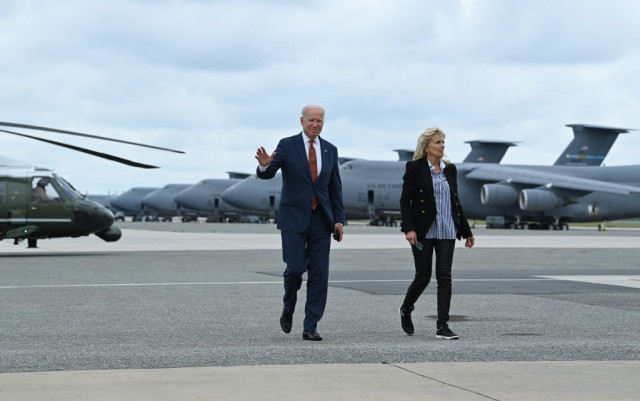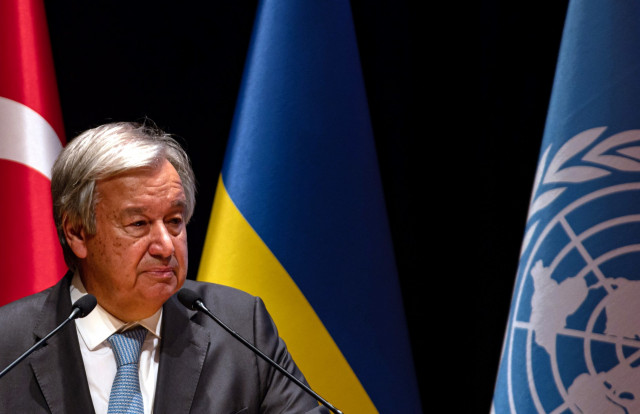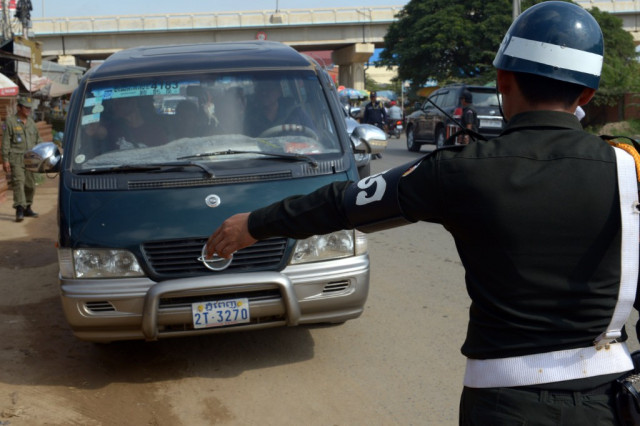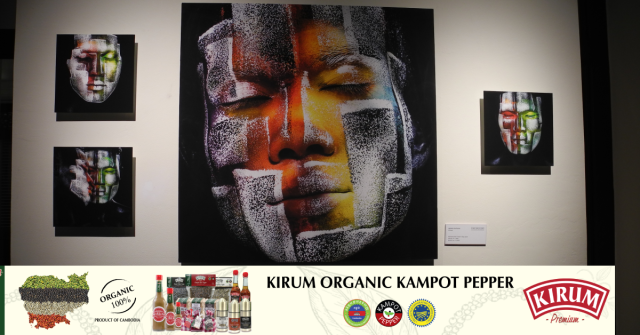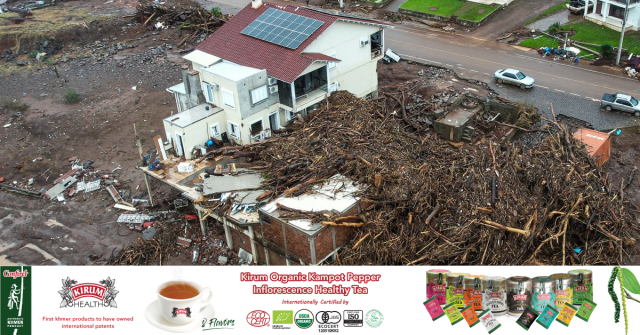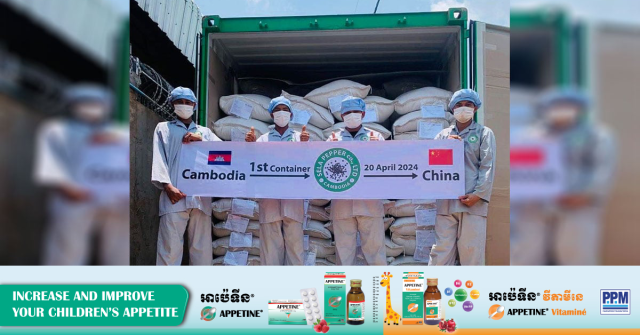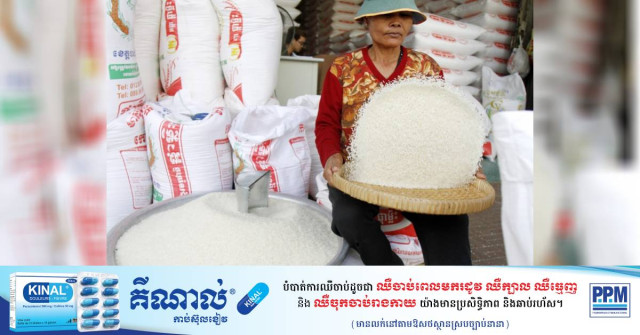Beng Mealea Hides its Secret as It Welcomes Visitors
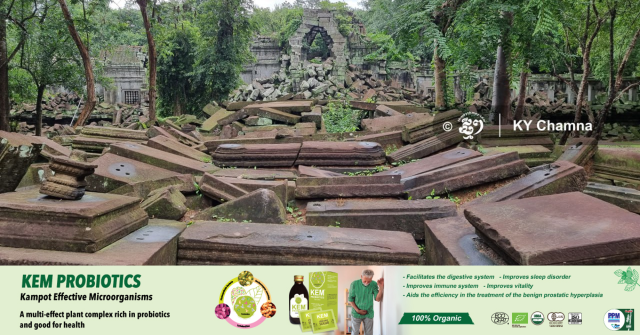
- By Sem Vanna
- April 28, 2024 2:00 PM
SIEM REAP — Blanketed by tree canopies, the Beng Mealea temple can easily make people feel as if they were in an Indiana Jones or Tomb Raiders movie, venturing in a mysterious archeological site.
With some of its structures nearly gobbled by tree roots and branches, the temple is an example of the jungle trying to recover its territory, vividly illustrating the challenge Cambodia faces to preserve its pre-Angkorian and Angkorian monuments.

And yet, Beng Mealea might be at its most beautiful during the rainy season when mosses and large trees seemingly turn the temple into something of a giant emerald.
Located about 70 kilometres from Siem Reap city, Beng Mealea and its region present a scene of local life as well as a historical atmosphere scarcely touched by modern intervention.

Sok Visal, who is a technical officer at the APSARA National Authority—the government organization managing the Angkor Archeological Park—explained what is known and also unknown about the temple.
Sem Vanna: There are hypotheses according to which Beng Mealea served as a blueprint for the construction of the Angkor Wat temple. Would you explain this?
Sok Visal: Based on early records, researchers believed that the temple of Beng Mealea functioned as an early plan for the construction of the Angkor Wat temple. However, later studies by researchers from the Royal University of Fine Arts have suggested the opposite based on the observation of the styles of sculptures and adornments. Therefore, the Beng Mealea temple might have come after Angkor Wat. Since there are no known existing records for us to settle the matter, we have to rely on different approaches to understand this temple’s origins.

The temple was perhaps built during the reign of King Suryavarman II [in the first part of the 12th century] and the reign of King Dharanindravarman II [in the mid-12th century]. The latter was the father of the famed King Jayavarman VII.

Since the style of Beng Mealea closely resembles the style of Angkor Wat, we presumed that it was built by King Suryavarman II, the monarch who started the construction of Angkor Wat. However, surrounding monuments and structures, such as some of the temples, dharamshala (rest houses) or arogyasala (hospitals), were known to be the work of King Jayavarman VII. Hence, it is complicated to pinpoint an exact date. All in all, the region where Beng Mealea is set was developed in many stages.

The entire temple compound covers an area of around 14 hectares. The temple is also surrounded by a moat about 800-metre wide and 1,000-metre long with a cross-section of about 45 metres. The inner sanctuary was protected by enclosure walls made of soil and stones with carpets of heavy sandstones as causeways. At Beng Mealea, the structure rests on the same elevation, quite different from Angkor Wat in which the inner structures progressively slant.

Sem Vanna: Just a few hundred metres away from Beng Mealea, there is an archaeologically significant quarry where sandstones were extracted to build temples. Does the close proximity to the quarry explain the huge blocks of sandstones present at Beng Mealea? Since it is shorter in distance, people might have carried more heavier stones?

Sok Visal: This could be one of the reasons. At the same time, the region of Beng Mealea is also thought to have been a large urban area in its time, connected by ancient roads from Angkor Wat to the Preah Khan of Kampong Svay [temple], to Koh Ker [city], the Preah Vihear temple, and Wat Phou temple in modern-day Laos. There are also traces and kilns as well as a very large reservoir here.

Sem Vanna: Is Beng Mealea the original name of this temple?
Sok Visal: Researchers still have not discovered the original name of the Beng Mealea temple. This name that we know of today comes from how the local people call it and what French explorer Louis Delaporte documented in his records. The word “beng” refers to the Afzelia Xylocaropa tree that grows around the temple, while the word “mealea” refers to a type of flower that grows inside a reservoir nearby. Unlike other ancient regions, for example the region of Koh Ker and Preah Vihear, whose original names we know such as Lingapura or Chok Gargyar, and Keo Sikha Kirisvara respectively.

Sem Vanna: Why does this temple have so many fallen stones?
Sok Visal: In addition to the forces of nature, times of conflicts and other human intervention have also impacted the temple’s structure as people tend to seek shelter in religious monasteries to protect themselves from explosives. Furthermore, temples are believed to contain valuable treasures and this idea attracted looters. It is common practice, even today, to have builders or home owners put valuable assets such as gold or gems underground at a construction site to bring good fortune.

Sem Vanna: What religion was Beng Mealea dedicated to?
Sok Visal: Beng Mealea reflected the coexistence of Buddhism and Hinduism. That is why there used to be a statue of Avalokiteśvara at the central tower. Some parts of the temple exhibit bas-reliefs expressing Buddhism and Hinduism. Some parts were destroyed and we cannot know for sure what they were.

Sem Vanna: Were there any restorations before?
Sok Visal: As far as we know, during the French Protectorate, a number of small restorations was done on the naga balustrades as well as some parts of the library inside the temple. After that, no considerable restoration was done until a recent intervention by the APSARA National Authority, constructing this flight of wooden stairs to help visitors traverse the temple with ease.
More than just temples, trees are also part of the living heritage of the archaeological site. The trees have been here long before us. If they do not pose any major threats to the structure, keeping them here also attracts nature-loving tourists to Beng Mealea. We can just trim them steadily.

Sem Vanna: Do many tourists visit the temple on a regular basis?
Sok Visal: It really depends on the season of travels. In the case of domestic tourists, the majority of Cambodian visitors come during weekends or big national holidays. The foreign tourists, they come at a steady pace throughout the year. Every day, Beng Mealea has had several tourists during the years following the COVID-19 pandemic.
Conducted in Khmer for ThmeyThmey Digital Media, the interview was translated by Luy Sireyreaksa for Cambodianess.








